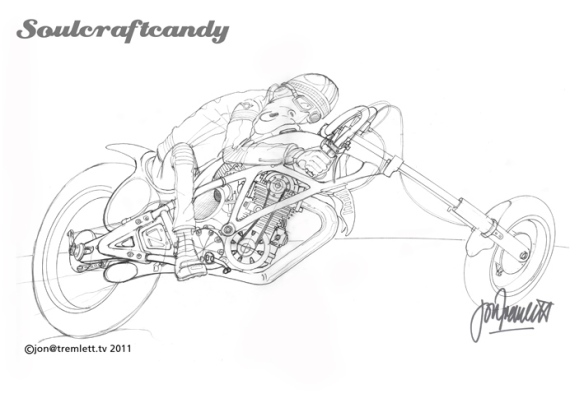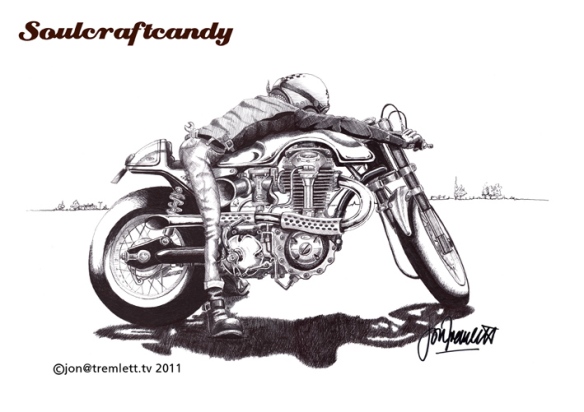Whatever it is that forms the output from your creative noodlings everyone gets asked at one point or another where their inspiration comes from. Those tiny little seeds of ideas, they must come from somewhere right? Whilst the answer to this question is often an easy one for most creative people, sometimes it’s difficult to be specific. I find that both cases apply to my own ideas. The former seem to be the direct result of consciously absorbing influences, looking at photographs, taking pictures myself, books, looking at blog sites etc. Others feel like they come from somewhere else, some far fetched corner of my subconscious that has been busy reviewing stuff without my really knowing about it.
What’s often interesting is that what I think will influence me actually doesn’t. For example, I can spend hours browsing images on-line across a whole raft of sites, collect a few, and then promptly forget all of them by the next day. If I take pictures myself and go through the whole process of loading them into i-photo and editing some of them, then they work their way into my memory bank more. It’s something to do with interacting with an image or other material that seems to be the key. I’m still working out why all this is so as I’d like to get to the point where I know inherently how to feed the engine of my imagination prior to a big ideas session. That sounds all too controlling but at present it’s worth thinking about.
The sketch at the top of the post was strongly influenced by this image above. For once I made a direct connection between seeing and idea creation. As I said, it’s not always this plain and simple. I came across this image on a blog site called Le Containeur, which is a fantastic site. You’ll find it here.
There is of course another step to all this which is when something you’ve created heavily influences another idea. This drawing of a dirt tracker is a direct result of making that first sketch. Ill try to expand on this over the next couple of days.






